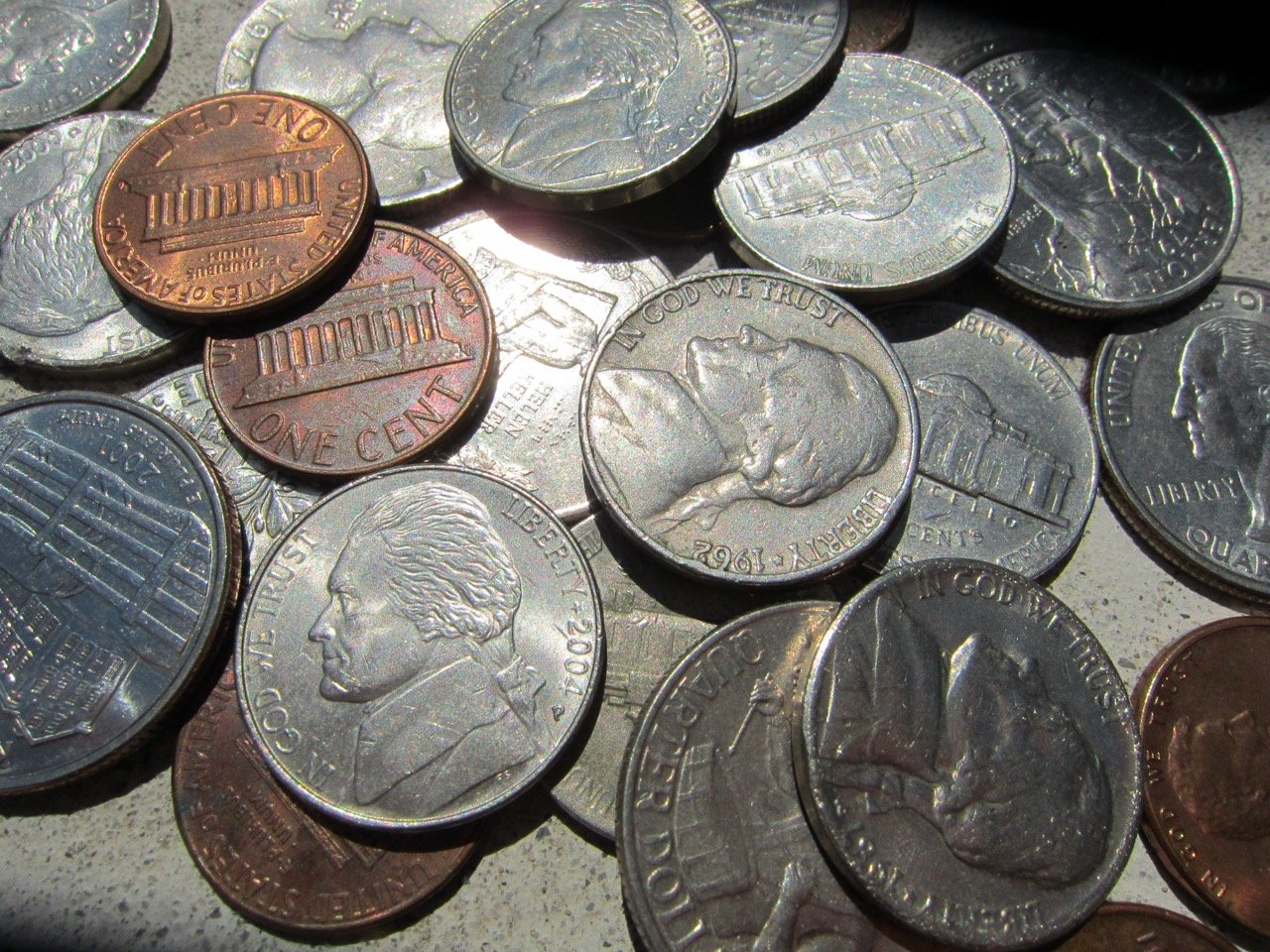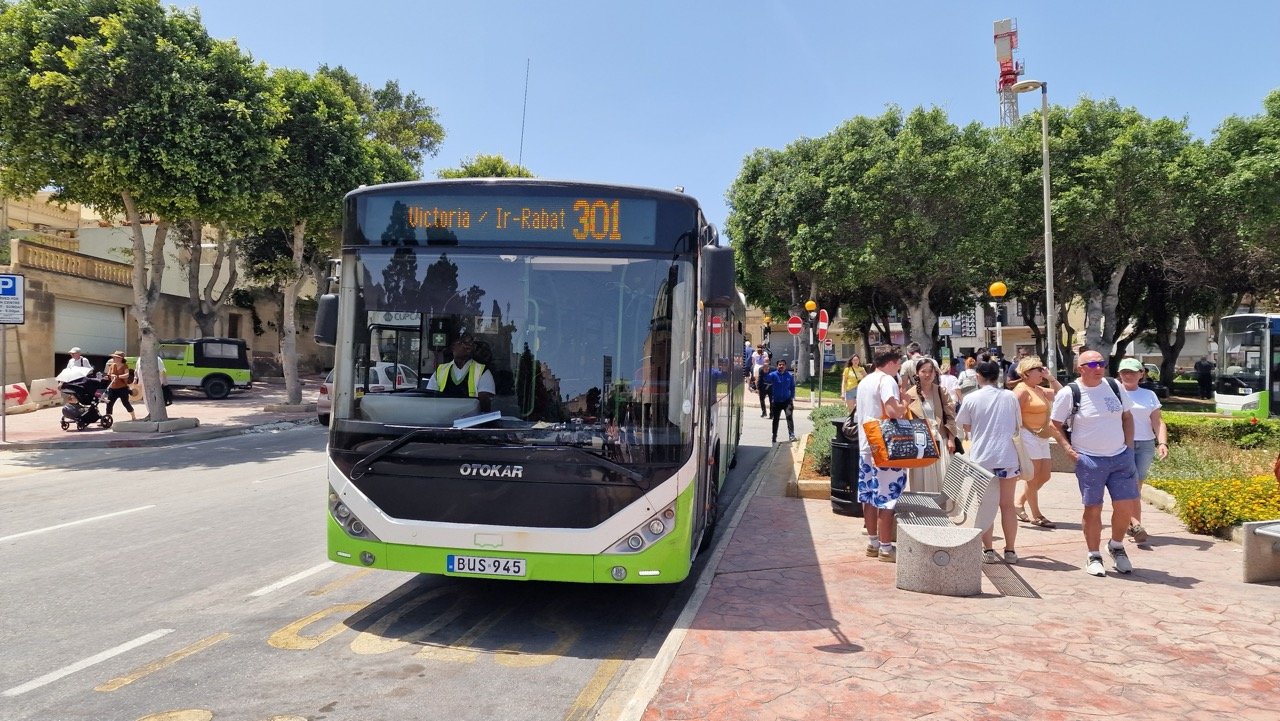While working on our Malta travel site, I came across something interesting: tons of people search online for Malta prices. At first, I thought it would be easy to write an article that’s both useful and interesting—after all, Malta isn’t exactly an expensive destination.
But, like with many things, once I started writing, I realized it’s not that simple. Describing how cheap or expensive a country is… that’s not a one-sentence or even a one-article task.
We’re All Different
First of all, people are different—and few things show this more clearly than how we relate to money. What feels insanely expensive to one person might be barely noticeable to someone else. Some travelers won’t blink at spending thousands on a vacation. Others wouldn’t consider dropping more than a few hundred euros, even on a trip to Malta.
And within Hungary, for example, we tend to share similar ideas about what’s expensive—even if we don’t always realize it. But once you write for a broader audience, it really matters whether you’re speaking to someone from a wealthy Scandinavian country or a traveler from a lower-income part of Asia.
And then there’s another key question: Is the person researching prices even a tourist? Some people search for “Denmark prices,” but someone typing in “Denmark rental prices” is obviously not planning a weekend getaway to Copenhagen.
Everything Is Relative
Here’s another reason why it’s nearly impossible to say whether a country is “expensive”: context. And Denmark is a great example.
Everyone “knows” Denmark is expensive.
And in many ways, it is. If you’re trying to rent an apartment, stay at a hotel, or eat out, you’ll definitely need to open your wallet—even if you’re coming from a more well-off part of the world.
But if you’re willing to cook for yourself and shop in grocery stores, you might be in for a surprise. In fact, many everyday groceries are actually cheaper in “expensive” Denmark than in places like Hungary, which is often seen as budget-friendly.
Same goes for mobile plans: Denmark is one of the cheapest countries in Europe for phone service. According to a local phone store clerk, Denmark and the Netherlands offer the lowest prices—maybe because it’s easier and cheaper to build out mobile networks on flat land compared to mountainous regions.
Timing Matters Too
Prices can change over the years—and that’s not even counting currency exchange rates. So it also matters when you visit, and when someone else wrote their article about that destination’s prices.
Take Hungary again. Before COVID, it was super affordable from a Western perspective—especially for groceries. But then prices skyrocketed globally, and in Hungary, inflation hit hard. For a time, it might’ve been one of the most expensive places in Europe. Eventually, other countries caught up, and Hungary returned to being just average among the pricier group. So is it cheap or expensive? Totally depends on when you ask.
It Can Go Both Ways
One thing I’ve learned from travel: you can visit—or even live in—any country either cheaply or expensively. It really depends on your approach. How much do you want to spend? What kind of experience are you after?
Back to Malta. We explored the island without renting a car. That decision not only gave us a lot of extra, memorable experiences—it also made our trip much cheaper. For us, Malta was affordable, even though it might not be for everyone.
So How Can You Tell If a Place Is Expensive?
By now, you probably see that whether a place is “expensive” really comes down to your own expectations. The real question is: Will it feel expensive for you, when you want to visit, based on what you’re looking for?
Here are a few super simple tips you can try from home to figure that out—before your trip, and based entirely on your own travel style:
- Search for accommodations on booking.com and/or airbnb.com for your planned dates. You’ll get a solid feel for the biggest part of your travel budget and whether it’s expensive or not.
- Open Google Maps, zoom in on the area where you’d stay, and click “Restaurants.” Browse a few places that have websites and check out their menus. You’ll instantly know how much dining out will cost.
- Search for “supermarket” in that same area. Click on a few stores that have websites. At least one will likely show prices. Even if it’s just for weekly deals, that still gives you a good idea of the general price level—so you can judge whether everyday shopping is cheap or pricey.
With just 20–30 minutes of browsing from home, you can get a personalized, date-specific, expectation-based picture of prices in any country.




